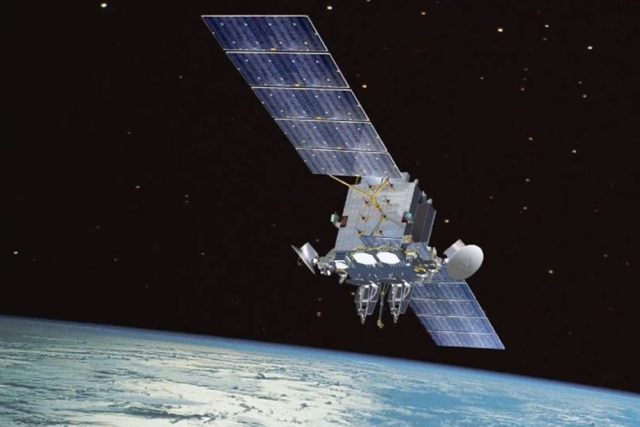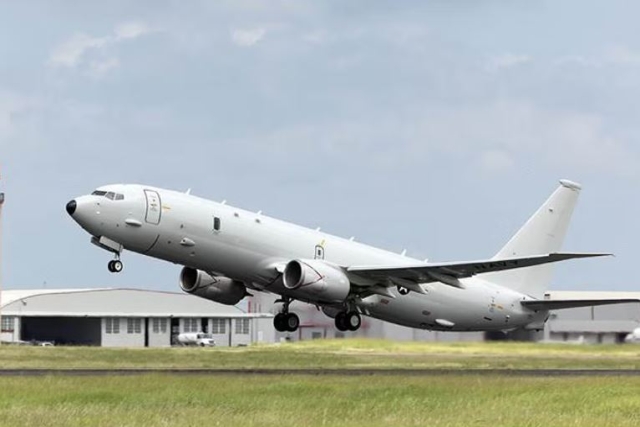Airbus Launches SpainSat NG Satellites to Increase Spain's Communications Capacity Ten Folds
The SpainSat NG constellation boosts Spain's and Europe's secure communications sovereignty, enhancing defense and emergency capabilities.

The SpainSat NG-I satellite, launched aboard a Falcon 9 rocket from Cape Canaveral, U.S., will deliver a tenfold increase in communication capacity over its predecessors for Spain.
Operated by Hisdesat for the Spanish Armed Forces, the satellite is set to provide secure communications in UHF, Ka, and X bands and will enter service in geostationary orbit in 2025.
The satellite, operated by Hisdesat for the Spanish Armed Forces, will provide secure communications in UHF, Ka, and X bands. It is expected to enter service in geostationary orbit in the second half of 2025, following initial testing and commissioning.
The satellite features an innovative payload, with over 45% of it developed by the Spanish space industry, led by Airbus. Airbus Defence and Space, the prime contractor, designed, integrated, and tested the satellite at its facilities in Toulouse. Among the key innovations is the X-band active antenna system, which offers flexibility and resilience, allowing the satellite to adapt its coverage up to 1,000 times per second and mitigate interference with high precision.
SpainSat NG-I will deliver a tenfold increase in communication capacity over its predecessors, facilitating faster data transmission with coverage over two-thirds of the Earth's surface. Additionally, the satellite is radiation-hardened to withstand potential nuclear threats.
The second satellite, SpainSat NG-II, is currently being constructed and tested at Airbus Defence and Space facilities and is expected to be completed by the end of 2025. Both satellites are part of the broader Pacis 3 ESA-Hisdesat Partnership under the ESA ARTES programme, supported by the Spanish Space Agency.













